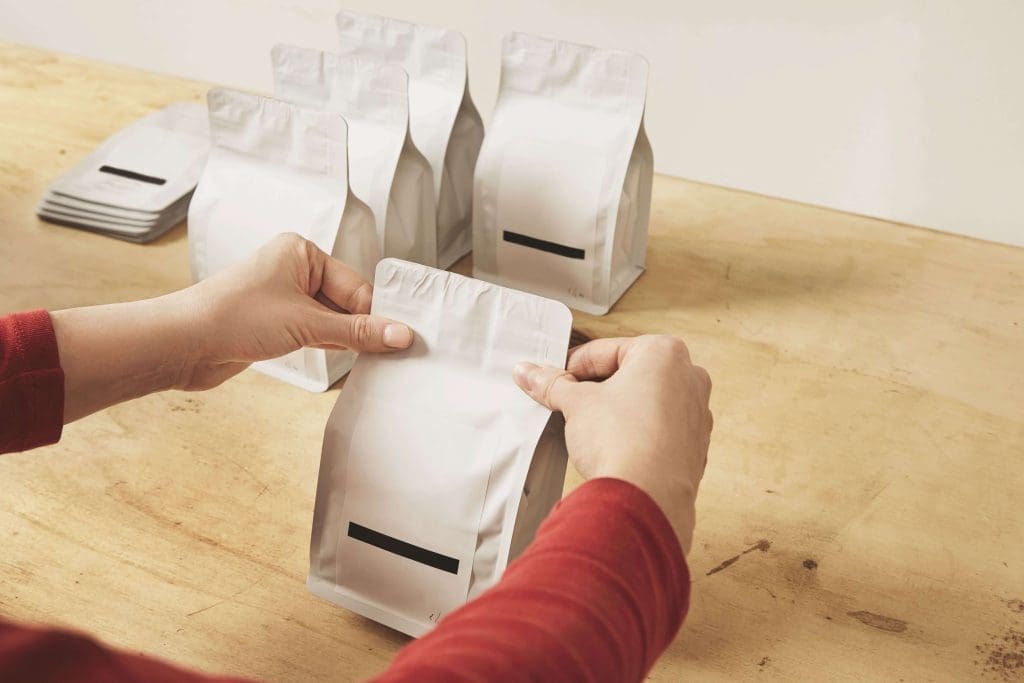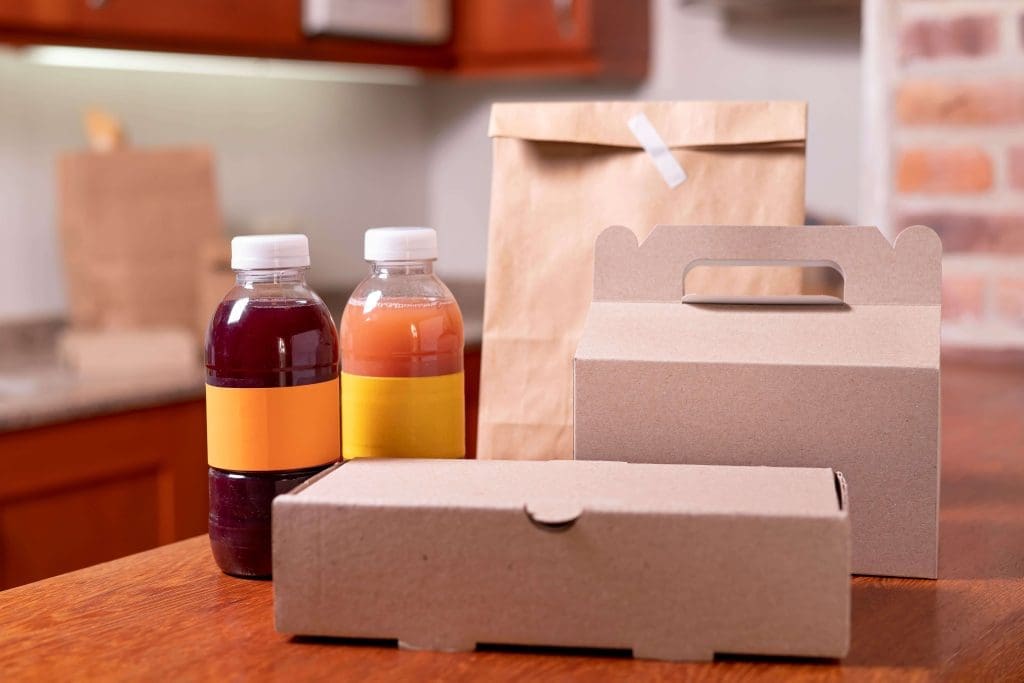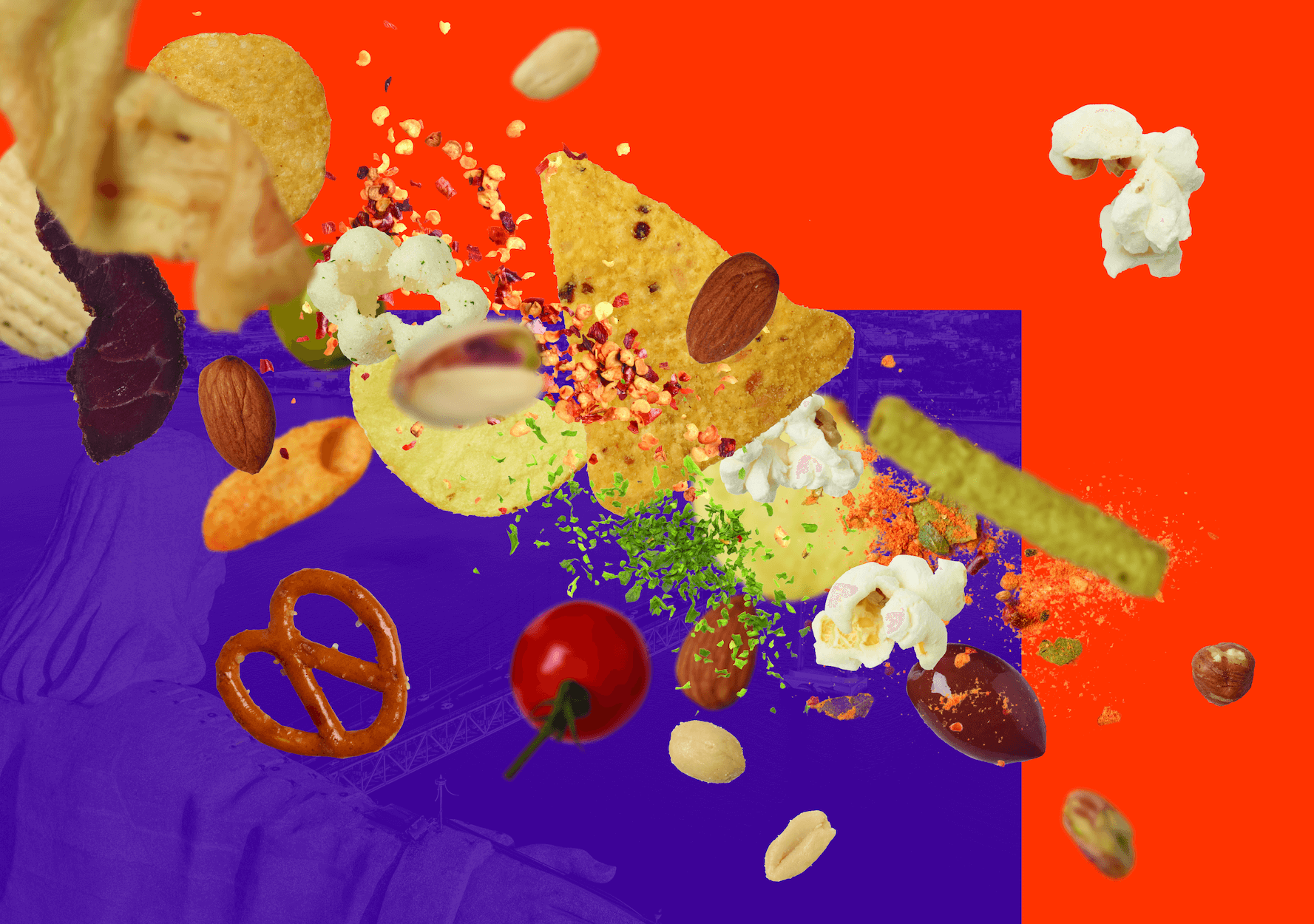
Minimalism, as an art movement, lifestyle, and aesthetic, is now embracing the world of packaging. Simplicity and sobriety are its hallmarks, perceived by consumers as a sign of sustainability. It’s a bold choice that puts the product in the spotlight.
If there’s a phenomenon gaining traction today, it’s decluttering: getting rid of the superfluous to make room for what’s truly necessary, freeing ourselves from the burden of items that weigh down our homes and lives, allowing us to breathe in oxygen, space, and freedom. This return to simplicity is permeating many areas of our consumption.
Fashion enthusiasts are rediscovering stores with neutral colors, linear shapes, and essentials: many outfits with few garments. The cosmetics sector is embracing multipurpose solutions, formulating products that serve multiple functions, minimizing the number of items in the bathroom cabinet. Packaging, too, is finding a reference point in minimalism.
Minimalism is one of the trends of 2024. Less is more: the essence is appealing, satisfying, and captivating. Intricate designs are giving way to more defined lines, the eye breathes between characters, and colors relax into neutral tones. For packaging as well, it’s time for minimalism: a choice that benefits consumers, companies, and the planet.
Why Are We Minimalists?

Minimalism originated as an art movement in the 1960s but its roots go much deeper, into Zen philosophy, which involves eliminating the superfluous, both physically and mentally.
Today, it’s a trend highly appreciated by millennials, driven by social and cultural changes, as well as practical and economic considerations.
First among these is the saturation of consumption. People are increasingly aware of the excessive consumption of material goods and the overload of useless objects in their lives.
This has led to a growing desire to reduce accumulation and live with less, but better. Technology also plays a role, as it has led us to conceive objects differently, many of which are replaceable by their digital versions. Think of books, music, and films that can be consumed digitally, reducing the need for physical objects like discs, CDs, players, and so on.
Minimalism also offers two additional advantages: the flexibility provided by owning fewer things (moving house is a prime example of how the minimalist choice can reduce effort and fatigue) and mental well-being, as reducing physical clutter can also help reduce mental clutter, improve concentration, and alleviate stress.
Therefore, minimalism is a winning approach, aiming to simplify life and reduce distractions, allowing focus on what truly matters. Its application can vary, but the essence remains the same: living with less to enjoy more.
Minimalist Packaging? Yes, Please
If consumer habits lean towards minimalism, then essentiality in packaging becomes a strength, meeting aesthetic and psychological needs at the point of purchase. But what does minimalist packaging look like? At the heart of minimalism is simplicity. Generally, clean lines and simple shapes are preferred, with essential geometries and sharp lines without excessive decorations.
Color is another crucial factor: as in fashion and design, neutral colors like white, black, beige, and gray are chosen, sometimes enlivened by a touch of distinctive color that balances sobriety and elegance.


Fonts and graphics are simple and readable, often with minimal text. The thought here goes to how digital technology has freed up space, thanks to the widespread use of QR Codes. Spaces without text gain breathing room and become a rest area for the eye.
Functionality also plays a special role (to avoid excess materials, which are preferably natural and sustainable), rejecting unnecessary packaging.
The minimalist approach not only enhances product aesthetics but also communicates values of sustainability and quality, reinforcing the brand image.
Qualities of Minimalist Packaging

We mentioned sustainability, an undeniable trend, and minimalism aligns with this direction, if only through the reduced use of materials, ink, and space. Not only that: in terms of sustainability, using fewer materials also means less manufacturing waste, simplified recycling, and savings in transportation (minimalist packaging occupies less space and weighs less).
In other words, a targeted choice can minimize the impact of packaging at all stages of its lifecycle, from design to disposal. This aspect, relevant to consumers in general, can become a distinctive trait for companies with sustainability focused policies, offering the brand additional trust and credibility.
Besides sustainability, minimalist packaging has a greater capacity to stand out in the multicolored and structured sea saturating today’s packaging market, without needing new technologies, skills, or materials. Potentially, a well-conceived minimalist package can be more easily recognized and remembered, staying in the consumer’s mind longer.
Simplicity at the Heart of Minimalism
Ultimately, minimalist packaging not only costs less and communicates environmental awareness; its simplicity conveys an elegant and high-quality mood, establishing an emotional connection with buyers, building a solid and coherent brand image.
The simplicity of the design expresses a modern identity, focused on quality and essentials, attracting those looking for reliable and fashionable products.
Ideal for younger consumers and those environmentally conscious, minimalist packaging is simple and essential, allowing focus on what really matters: its contents.




